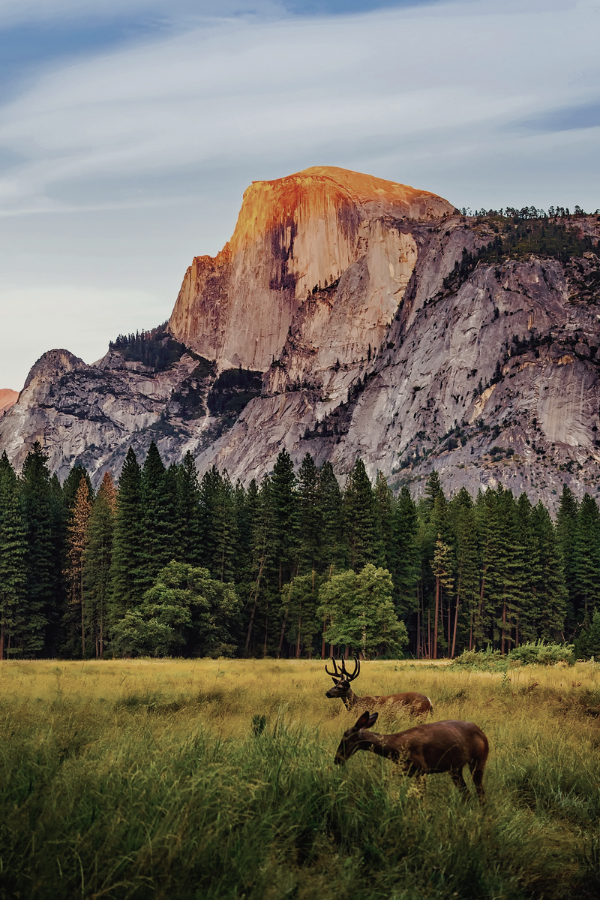

Summer Road Trip: What’s the Best Time to Visit Yosemite National Park?
Summary
Reflection Questions
Journal Prompt
Planning a summer road trip to Yosemite National Park promises an adventure filled with breathtaking landscapes, diverse wildlife, and an array of outdoor activities. But with tourists scrambling to get in, is Summer actually the best time to visit Yosemite National Park? Determining the best time to visit can significantly enhance your experience. Each season in Yosemite offers unique opportunities and challenges, from the vibrant, waterfall-rich springs to the serene, snow-blanketed winters. Here’s a detailed look at what each season has to offer in Yosemite, helping you choose the perfect time for your visit.
What’s the Best Time to Visit Yosemite National Park?
Spring (April to June)
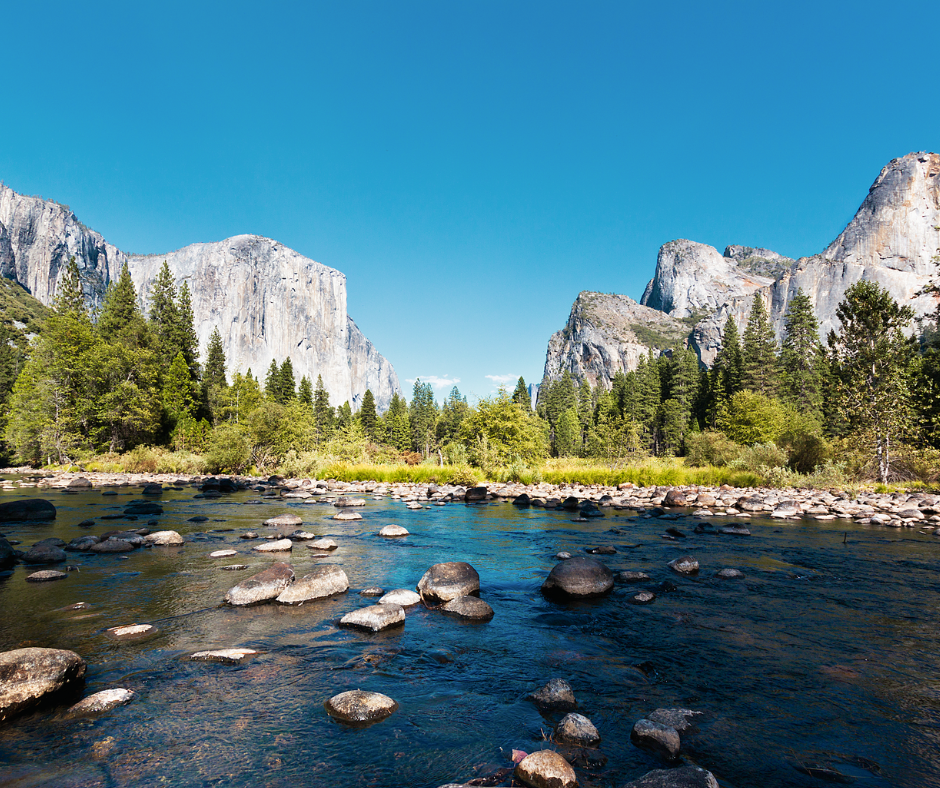

Spring is one of the most enchanting times to visit Yosemite National Park. From April to June, the park comes alive with vibrant greenery and a multitude of blooming wildflowers. This period is particularly popular for witnessing the park’s stunning waterfalls at their peak flow, driven by the melting snow from the high country.
Spring in Yosemite National Park is characterized by mild and pleasant temperatures, making it an ideal time for outdoor activities. In April, average high temperatures are around 63°F (17°C) with lows of 37°F (3°C), gradually warming up in May to highs of 71°F (22°C) and lows of 43°F (6°C). By June, the weather becomes even more inviting with average highs reaching 79°F (26°C) and lows of 50°F (10°C). This season is perfect for witnessing the park’s waterfalls at their peak flow and enjoying the vibrant wildflower blooms. Higher elevations, such as Tuolumne Meadows, will generally be cooler, especially at night. Always check the specific area and elevation for more accurate weather information before your visit.
Yosemite Falls, Bridalveil Fall, and Vernal Fall are especially breathtaking during mid-May to June, creating a spectacular display of nature’s power and beauty. Trails lower in elevation, such as those in Yosemite Valley and Wawona, become accessible, offering visitors a chance to explore the park’s diverse landscapes. The combination of fresh blooms, roaring waterfalls, and comfortable weather makes spring an ideal time for nature enthusiasts and photographers to capture the park’s pristine beauty.
What to Do and See in Yosemite During the Spring
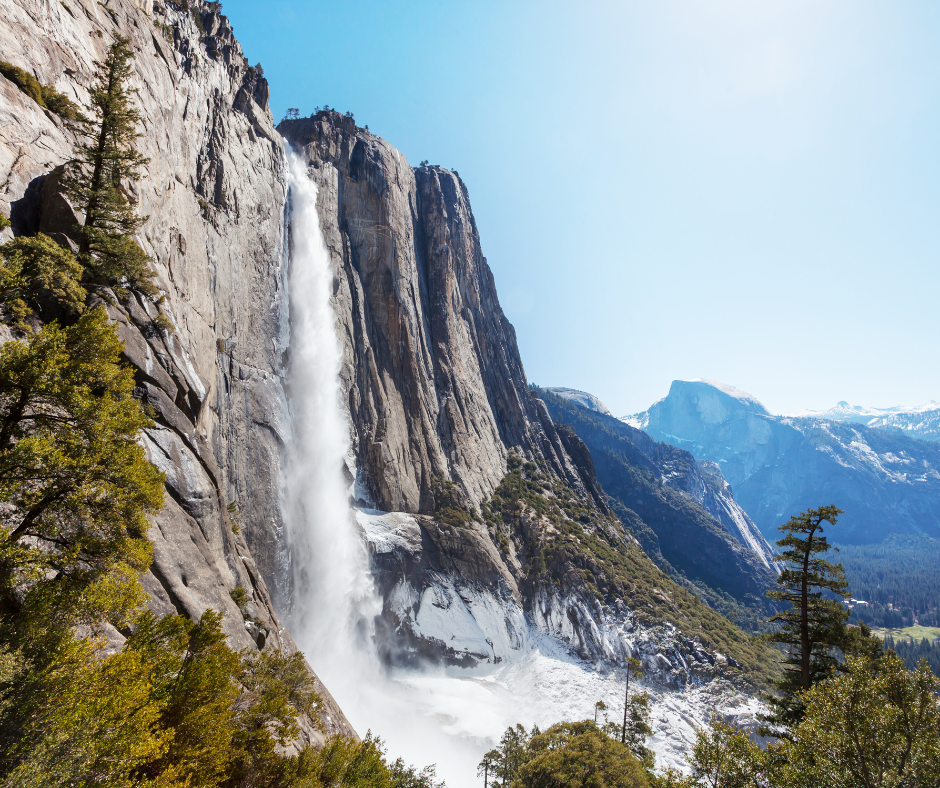

- Waterfall Viewing: See Yosemite Falls, Bridalveil Fall, and Vernal Fall at their peak flow.
- Wildflower Viewing: Enjoy blooming wildflowers throughout the park.
- Hiking: Explore lower elevation trails such as Yosemite Valley Loop Trail and Mist Trail.
- Photography: Capture the vibrant landscapes and roaring waterfalls.
- Bird Watching: Spot migratory birds returning to the park.
- Biking: Bike through Yosemite Valley on designated bike paths.
Summer (July to September)
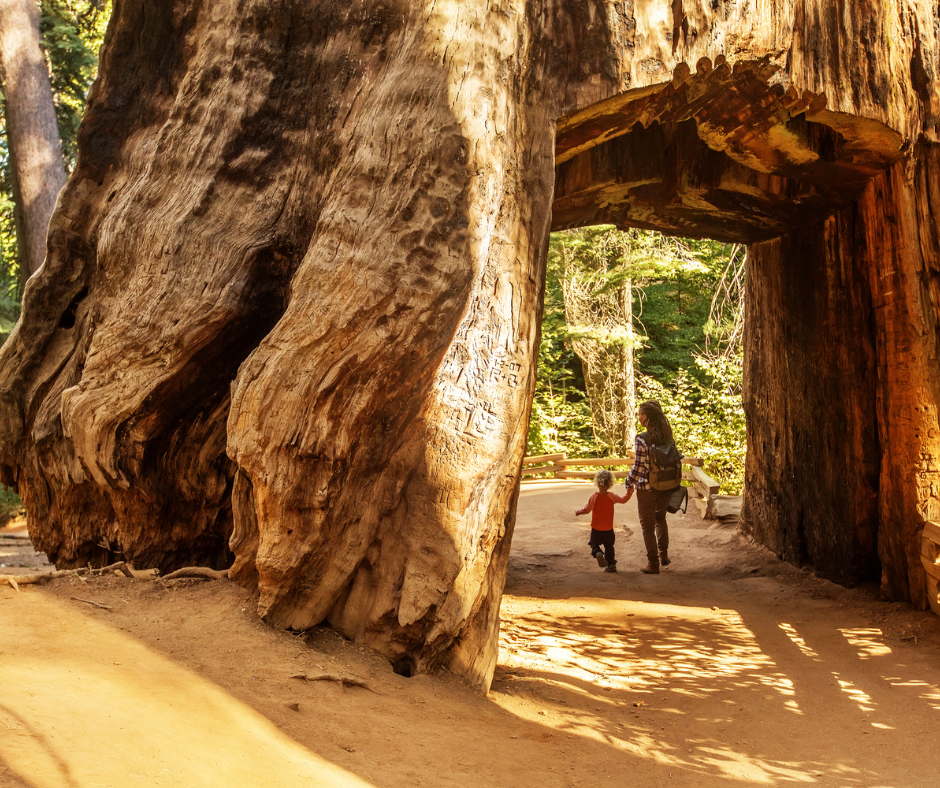

The entire park is open to tourists during Summer. As such, Summer is the peak tourist season in Yosemite, running from July to September. During this time, the weather is warm and sunny, making it ideal for a wide range of outdoor activities. All park facilities, roads, and trails are open, including the higher elevations and iconic trails like the John Muir Trail and Half Dome.
This season offers the best conditions for hiking, camping, rock climbing, and enjoying the park’s majestic scenery. Additionally, the best time to visit Tuolumne Meadows in Yosemite National Park is typically during the summer and early fall, from late June to early October. However, the popularity of summer means that Yosemite Valley and other popular areas can become quite crowded.
Visitors should be prepared for longer wait times, busy parking lots, and fully booked accommodations. Despite the crowds, the long days and favorable weather conditions make summer an excellent time to explore the vastness of Yosemite. For those seeking a more tranquil experience, exploring the park’s lesser-known trails and areas can offer a peaceful retreat amidst the hustle and bustle.
What to Expect from the Weather in Yosemite During Summer Months


Summer is the warmest season in Yosemite, with temperatures peaking in July and August. During these months, the average temperature can soar to 89°F (32°C) and 88°F (31°C), respectively, while nighttime lows are around 57°F (14°C) and 56°F (13°C). September sees a slight drop in temperature, with highs averaging 82°F (28°C) and lows of 51°F (11°C). The warm weather is ideal for hiking, camping, and exploring the park’s higher elevations, though it also attracts the largest crowds.
What to Do and See in Yosemite During the Summer
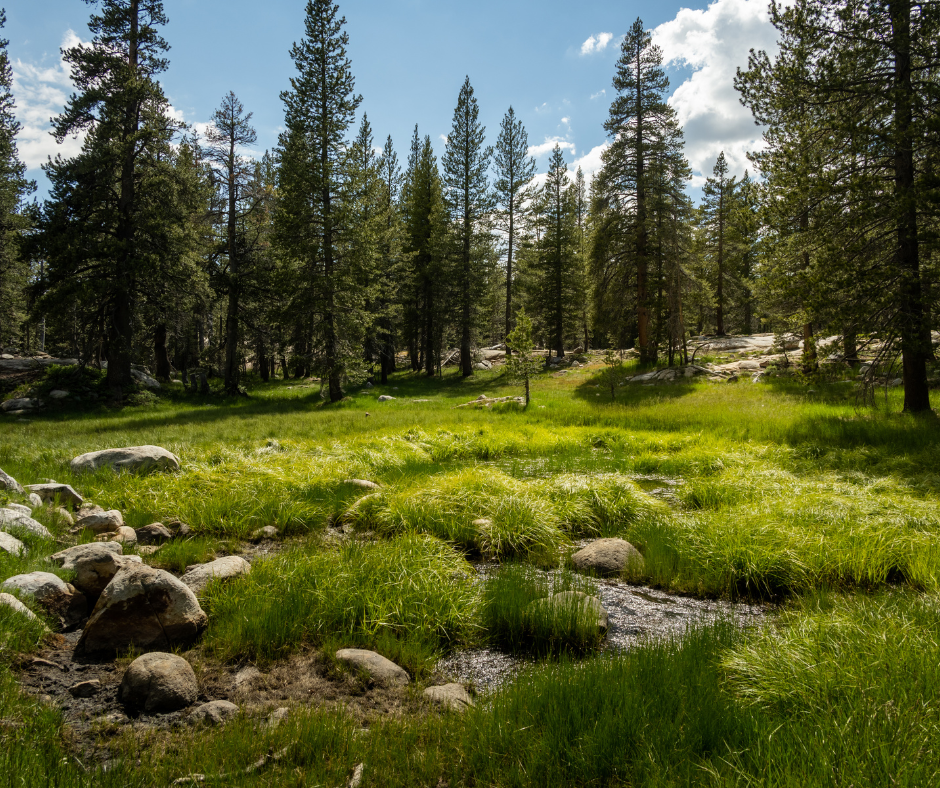

- Hiking: Most hiking trails are open during the Summer. Hike popular trails like Half Dome, John Muir Trail, and Glacier Point. Yosemite Valley hikes are best during this time of year (and Spring) as long as you can avoid tourists.
- Camping: Camp at various sites throughout the park, including the backcountry.
- Rock Climbing: Climb famous granite walls such as El Capitan and Half Dome.
- Swimming: Swim in the Merced River and various lakes.
- Ranger Programs: Attend guided hikes, campfire programs, and educational talks.
- Star Gazing: Enjoy clear night skies for star gazing.
Fall (October to November)
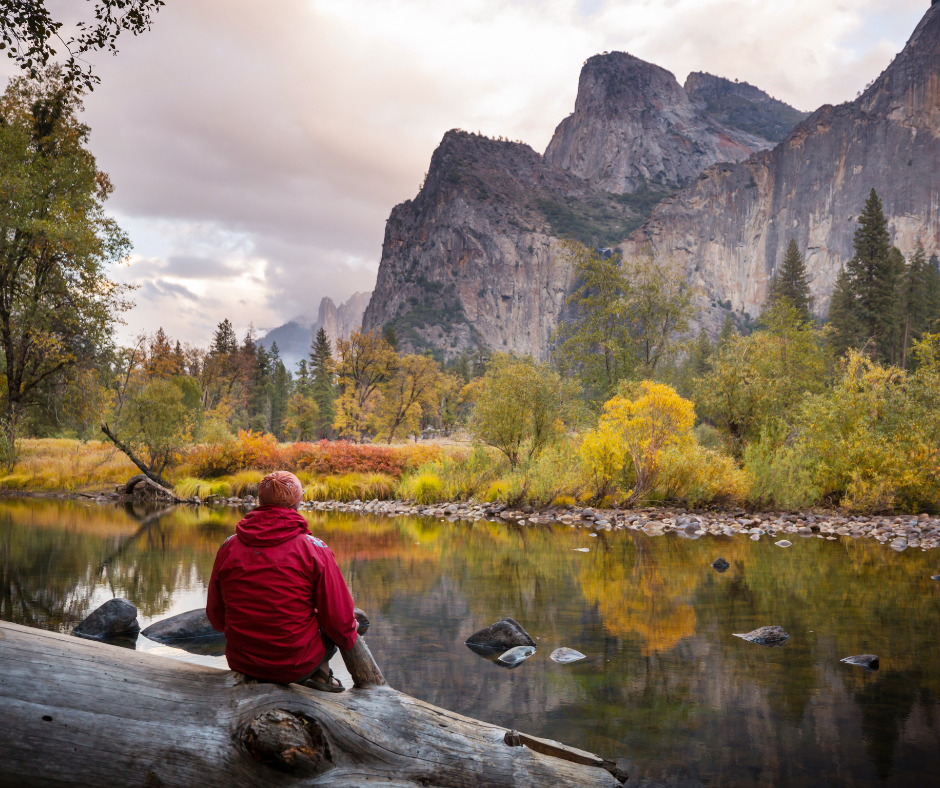

Fall in Yosemite, from October to November, is a period of serene beauty and fewer crowds. As the temperatures cool down, the park’s landscapes transform with the warm hues of autumn foliage. The oak, maple, and dogwood trees display brilliant shades of red, orange, and yellow, providing a picturesque setting for photography and leisurely hikes.
The cooler weather makes hiking more comfortable, and popular trails that were crowded in summer become more accessible. This is also a great time for wildlife viewing, as animals prepare for winter. Some facilities and higher elevation roads, such as the Tioga Pass, may start to close in anticipation of snow, so it’s important to check accessibility before planning your trip. Fall offers a quieter, more intimate experience of Yosemite, perfect for visitors who appreciate tranquility and natural beauty.
Fuel your creative fire & be a part of a supportive community that values how you love to live.
subscribe to our newsletter
*please check your Spam folder for the latest DesignDash Magazine issue immediately after subscription


What to Expect from the Weather in Yosemite During the Fall
Fall brings cooler temperatures and stunning autumn foliage to Yosemite. In October, visitors can expect average high temperatures of 71°F (22°C) and lows of 42°F (6°C). By November, the temperatures drop further, with highs averaging 57°F (14°C) and lows of 33°F (1°C). The cooler weather and reduced crowds make fall an excellent time for hiking and photography, as the park’s landscapes transform with the changing seasons.
What to Do and See in Yosemite During the Fall
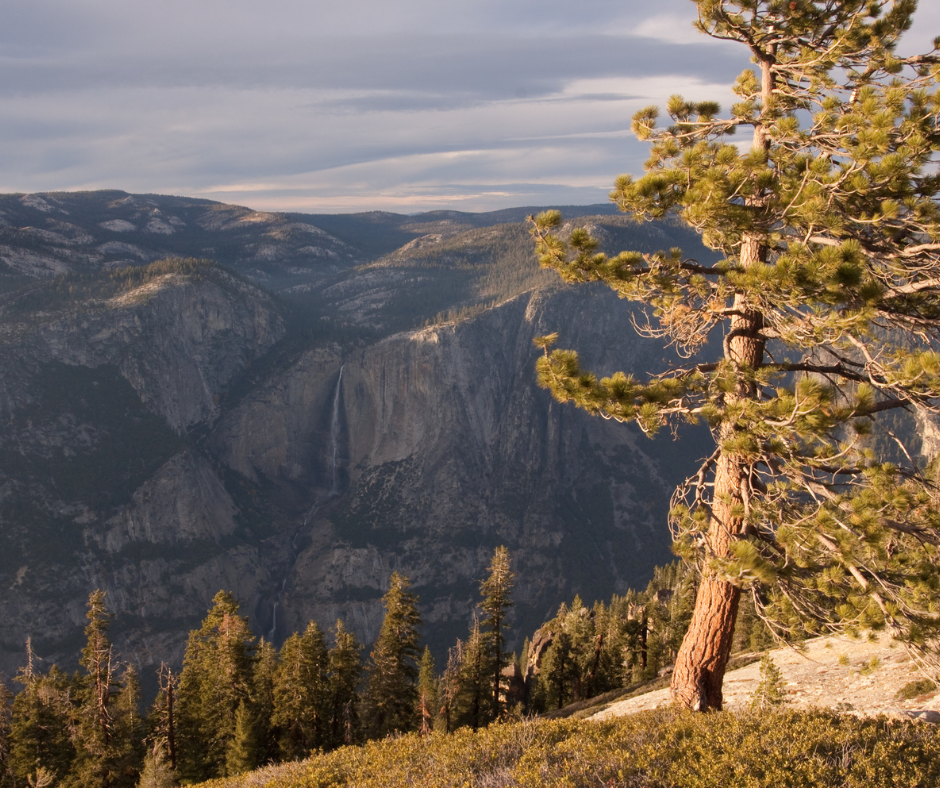

- Fall Foliage: View autumn colors in Yosemite Valley and along Tioga Road.
- Hiking: Enjoy cooler hikes on trails like Sentinel Dome and Taft Point.
- Photography: Capture the park’s stunning autumn scenery.
- Wildlife Viewing: Spot animals preparing for winter.
- Fishing: Fish in the Merced River and high-country lakes.
- Biking: Ride through less crowded areas of the park.
Winter (December to March)
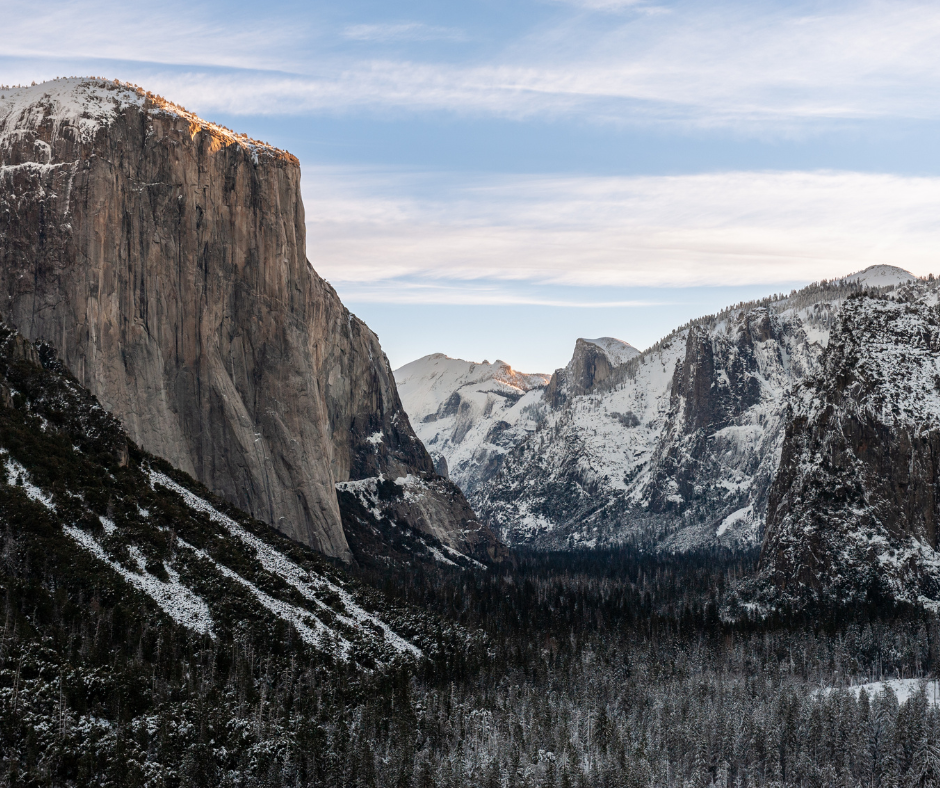

Winter in Yosemite, from December to March, presents a magical and tranquil experience with a blanket of snow covering the park’s iconic landscapes. The reduced number of visitors during this season creates a peaceful atmosphere, ideal for those looking to escape the crowds.
The snow transforms Yosemite into a winter wonderland, making it a prime destination for winter sports such as skiing, snowboarding, and snowshoeing. Badger Pass Ski Area offers family-friendly skiing and snowboarding opportunities, while cross-country skiing and snowshoeing trails provide a unique way to explore the park’s serene winter scenery.
Although some roads and facilities close due to snow, the park’s beauty in winter is unmatched. Iconic sites like Yosemite Valley and Yosemite Falls can still be visited, and the snow-covered landscape offers stunning photo opportunities. Visitors should be prepared for cold weather and possible road closures, but the serene beauty and unique winter activities make it a special time to visit Yosemite.
What to Expect from the Weather in Yosemite During the Winter
Winter in Yosemite is marked by cold temperatures and snow, creating a serene and magical landscape. December and January both see average high temperatures of 47°F (8°C) and lows of 28°F (-2°C). February warms slightly with highs of 51°F (11°C) and lows of 30°F (-1°C), while March continues this trend with average highs reaching 57°F (14°C) and lows of 34°F (1°C). Winter is ideal for enjoying winter sports like skiing and snowshoeing, and the park’s reduced number of visitors offers a peaceful retreat.
What to Do and See in Yosemite During the Winter


- Skiing and Snowboarding: Visit Badger Pass Ski Area for family-friendly slopes.
- Snowshoeing and Cross-Country Skiing: Explore trails like Dewey Point and Crane Flat.
- Winter Photography: Photograph snow-covered landscapes and frosty trees.
- Ice Skating: Skate at the outdoor rink in Curry Village.
- Snow Play: Enjoy snowball fights and sledding in designated areas.
- Ranger-Led Snowshoe Walks: Join guided snowshoe walks to learn about winter ecology.








